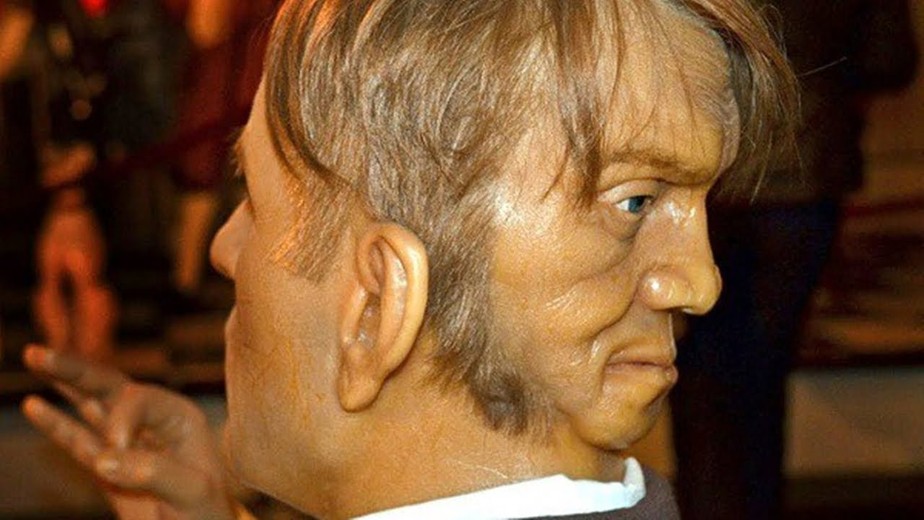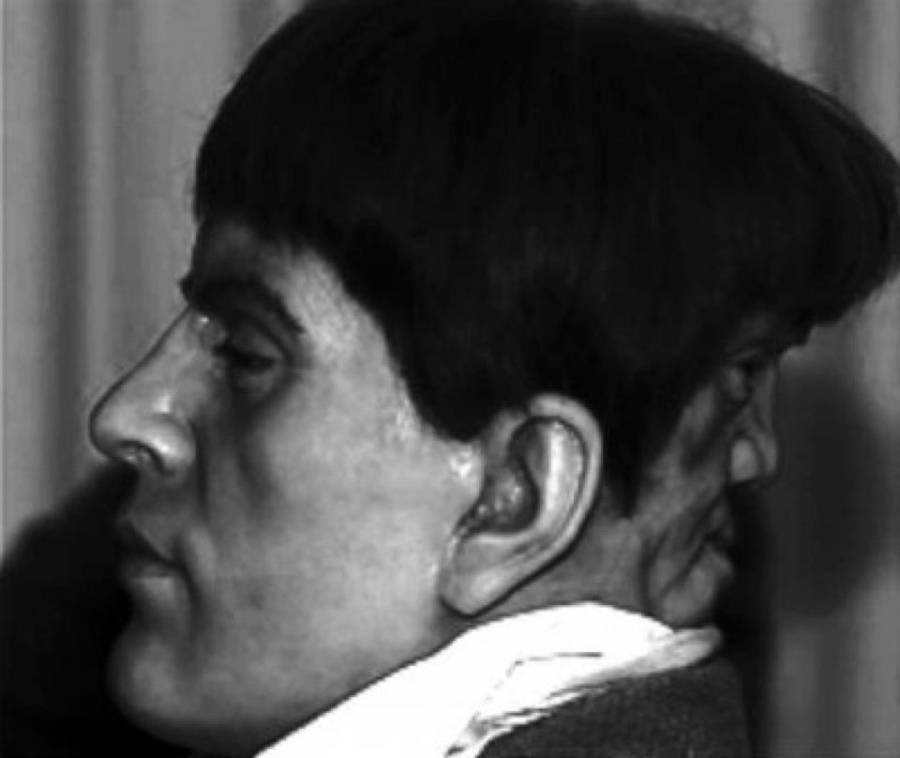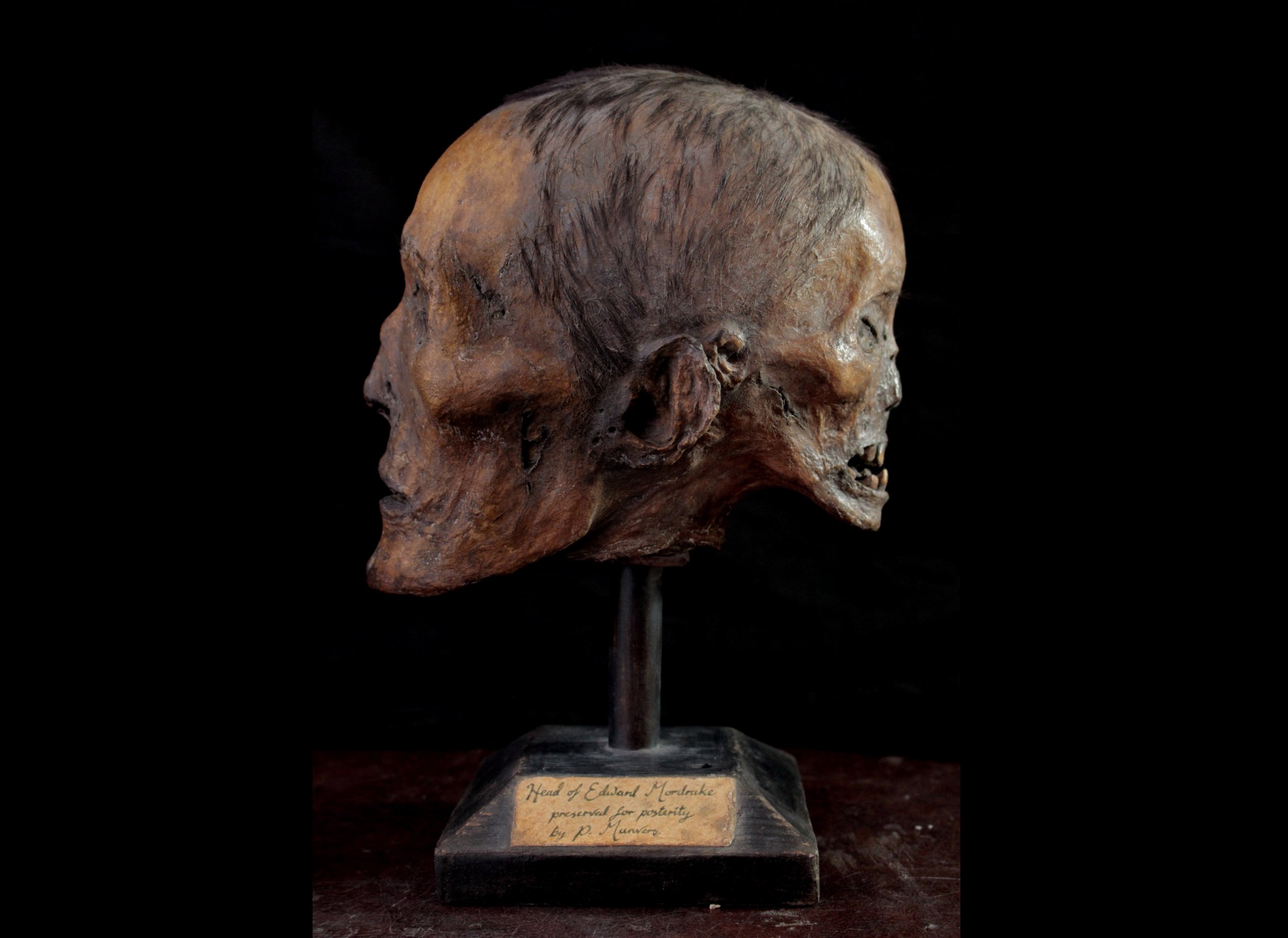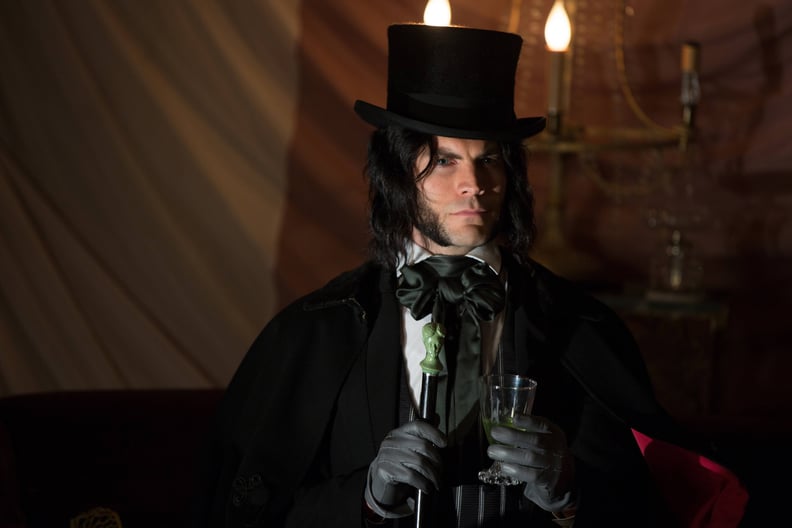The story of Edward Mordrake, the 19th-century Englishman purportedly born with an extra face on the back of his head, has long captured the public’s imagination. Despite being debunked as a hoax, the tale continues to endure, reflecting our enduring fascination with the unusual, the macabre, and the unexplained. This captivating urban legend, which first surfaced in a fantastical 1895 newspaper article, has gone on to inspire countless retellings and adaptations, cementing its place in popular culture.
The Myth Of Edward Mordrake Begins
Also known as Edward Mordake, Edward Mordrake was a 19th-century Englishman born with an extra face on the back of his head — or so the legends claim. On December 8, 1895, the Boston Sunday Post published an article titled “The Wonders of Modern Science.” This article presented reports from the so-called “Royal Scientific Society,” which documented the existence of “human freaks.”
Supposedly cataloged by British scientists, this list of “human freaks” included a mermaid, a terrifying human crab, and the unfortunate Edward Mordrake — a man with two faces. Though the Post and the 1896 encyclopedia Anomalies and Curiosities of Medicine both tell the tale of Edward Mordrake, the Englishman born with two faces, no other firm evidence exists. To this day, many think the story to be a hoax, but some believers nevertheless remain convinced.

As the Post reported, Edward Mordrake (originally spelled Mordake) was a young, intelligent, and good-looking English nobleman, as well as a “musician of rare ability.” But with all of his great blessings came a terrible curse. In addition to his handsome, normal face, Mordrake had a terrifying second face on the back of his head.
The second face was said to be as “lovely as a dream, hideous as a devil.” This strange visage also possessed an intelligence “of a malignant sort.” Whenever Mordrake cried, the second face would “smile and sneer.”
Mordrake was constantly plagued by his “devil twin,” which kept him up all night whispering “such things as they only speak of in hell.” The young nobleman was eventually driven mad and took his own life at the age of 23, leaving behind a note ordering that the evil face should be destroyed after his death, “lest it continues its dreadful whispering in my grave.”

The Truth Behind The “Man With Two Faces”
As it turned out, the story of Edward Mordrake was fake. As Alex Boese’s blog Museum of Hoaxes diligently deduced, the author of the original Post article, Charles Lotin Hildreth, was a poet and science-fiction writer. His stories tended toward the fantastical and other-worldly, as opposed to articles based in reality.
For one, Hildreth’s article cites the “Royal Scientific Society” as its source for its numerous bizarre medical cases, but an organization by that name didn’t exist in the 19th century. The Royal Society of London was a centuries-old scientific institution, but there was no organization that was both “Royal” and “Scientific” by name in the Western world. However, this name might’ve sounded believable to people who didn’t live in England — which may explain why so many Americans fell for the story of the man with two faces.

Secondly, Hildreth’s article appears to be the first time any of the medical cases he describes have ever appeared in any literature, scientific or otherwise. The Royal Society of London’s entire database is searchable online, and Boese wasn’t able to find any of Hildreth’s anomalies in its archives — from the Norfolk Spider (a human head with six hairy legs) to the Fish Woman of Lincoln (a mermaid-type creature). “When we realize this,” Boese wrote, “that’s when it becomes apparent that Hildreth’s article was fiction. All of it sprang from his imagination, including Edward Mordake.”
The Enduring Legacy Of Edward Mordrake
Edward Mordrake’s story experienced a recent resurgence in popularity, thanks in part to the TV series American Horror Story. The show rehashes the basics of the urban legend, although the television incarnation of Mordrake is driven to murder as well as suicide. The writers must have taken a great deal of inspiration from the original Boston Sunday Post article, since the lobster boy also makes an appearance in the show.

Lest modern readers think they are so much wiser than their Victorian fore-bearers that they would never be taken in by such an absurd tale, a photo supposedly depicting the remains of Mordrake’s head went viral in 2018. This is not the first time a photo of the cursed nobleman has seized the public’s attention. But like all of the others, it is far from authentic. The gruesome Janus-like skull is, in fact, just a papier-mâché artist’s imagining of what Edward Mordrake might have looked like if he existed.
Even though the man himself never existed, the tale of Edward Mordrake remains an enduring urban legend that will likely raise eyebrows for years to come.
In conclusion, the story of Edward Mordrake, the 19th-century Englishman with an extra face on the back of his head, is a well-known hoax that has nevertheless captivated the public’s imagination for over a century. While the tale may have originated from the fantastical mind of a poet and science-fiction writer, it continues to be retold and debated, highlighting our enduring curiosity about medical anomalies and the darker corners of human experience.
